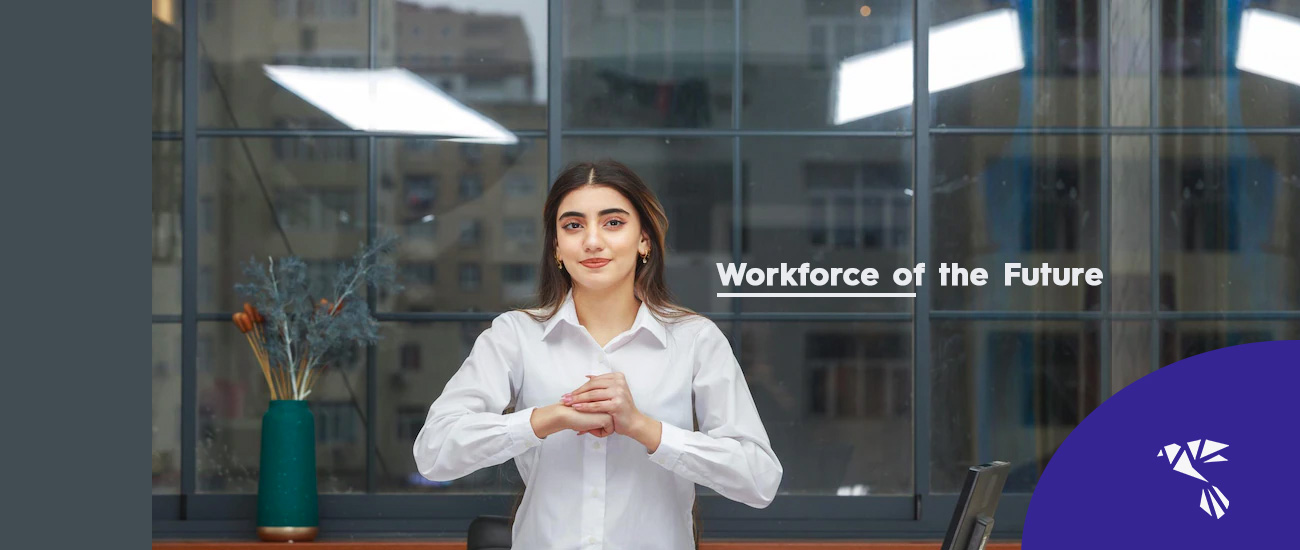Discussions on the workforce of the future are related to notions about the future of work, which operates as a perspective on how labor and employees will progress.
How can businesses prepare for the future of work? How can they influence this future? And what to tell about the workforce of the future? Can companies shape it?
In this blog post, we tell you how businesses can shape the workforce of the future?
Is There Space for the Workforce of the Future?
Conversations on the future of the work have been too much focused on the business, leading to overlooking employees’ role in shaping evolving perspectives of the employment and the workplace.
“The discussions about the future of work have mostly to do with what employment looks like from an employee-oriented lens: what roles, how much of it is done remotely, what kind of benefits will people expect, and so on,” explains Kate O’Neil when contrasting the future of work vs. the future of jobs.
In opposition to the future of work, the future of jobs “express the angst of humans who are accustomed to earning a living,” says O’Neil.
Consequently, bringing the future of the work entails getting human experience beyond the workplace, turning it more meaningful. In this task, companies have entire responsibility since they can align corporative objectives with human interests.
Vox explains to you in this video what the future of work debate entails.
How Can Your Business Shape the Workforce of the Future?
Businesses can shape the future of work by incorporating the human experience into the workplace, exceeding the extreme focus on technology and economic growth. Therefore, you can add human essence to your workplace in the future of work by developing these actions:
Remote work is the new normal: Yes, it is, but not for the rapid inclusion of technologies into the workplace. Remote work is changing how we live because it fosters well-being. Employees will enjoy an excellent work-life balance that will result in more productivity and efficiency for your company. Remote workers win, and you are too.
Employees’ advocacy: This advocacy is an effective resource to show interest in your remote workers and promote motivation and engagement in the workplace. Adrian Dayton suggests beginning employee advocacy by posting content about their routines, interests, and careers. Also, you can connect with them through social media and give voice to their concerns.
Create community: you may want to create community by promoting collaborations and solidarities between employees. According to Tracy Brower, “work is fundamentally social, and whether people are introverts or extroverts, work is typically a place to meet the need for connection —whether it’s with one or two close colleagues or with a giant social network.”
Have you considered using immersive technologies to consolidate bonds between remote employees? Learn how in this blog post.
Flexibility: adding flexibility to the workplace is essential. By being flexible, employees can adapt to new challenges and transformations derived from the future of work. This results in expanding business without ignoring human talent needs.














